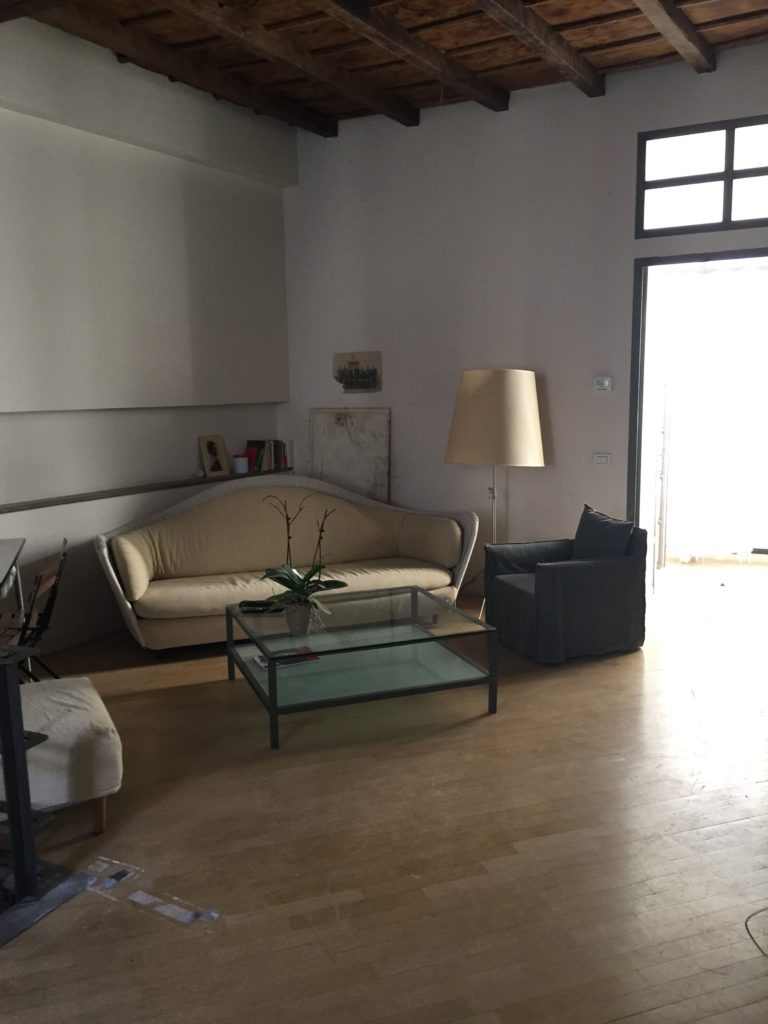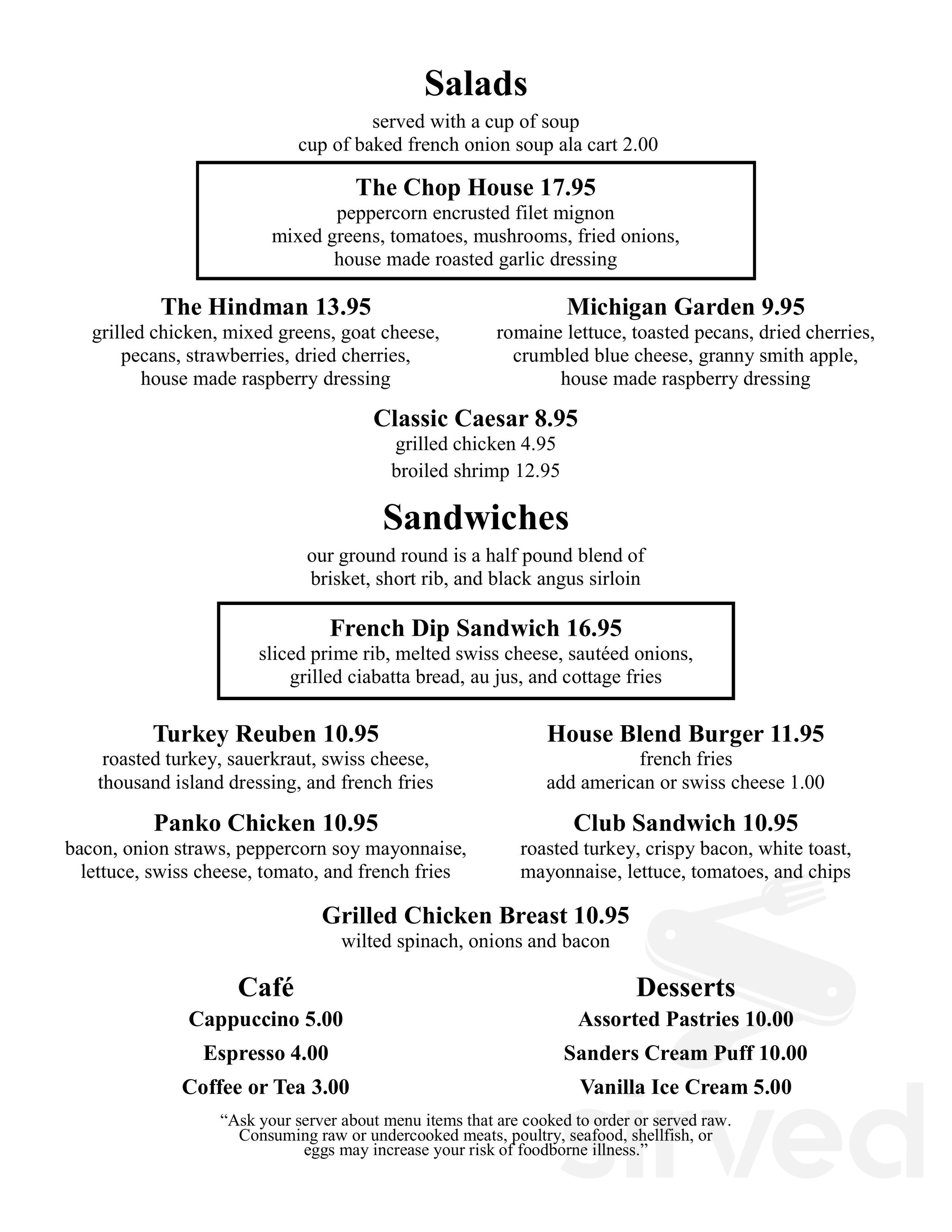Table Of Content
His first wife, Isabella Medici, being murdered, he took as his second wife Vittoria Accoramboni, widow of the murdered Francesco Peretti, a nephew of Sixtus V. Accused of murdering the latter, Paolo Giordano was obliged to leave Rome. His grandchild, (2) MATTEO ROSSO ORSINI, was made senator of Rome by Pope Gregory IX in 1241. In this capacity he took a decided stand against the ventures of Emperor Frederick II in Italy. He was a patron of religious undertakings, a personal friend of St. Francis of Assisi, and a member of that saint's Third Order. While one of the sons of Matteo Rosso, Gian Gaetano, ascended the papal throne as Nicholas III, another, (3) RINALDO, continued the activities of his father in the political field, exerting himself to the utmost to prevent the alliance of Rome with the Hohenstaufen Konradin. (13) VIRGINIO ORSINI, likewise of the ducal family of Bracciano, b.
Elizabeth Sroka Orsini Berton Obituary - McIlvaine-Speakman Funeral Home Ltd. - 2023 - Legacy.com
Elizabeth Sroka Orsini Berton Obituary - McIlvaine-Speakman Funeral Home Ltd. - 2023.
Posted: Thu, 23 Mar 2023 07:00:00 GMT [source]
Bracciano line

The instigator of the attack was excommunicated and the city of Viterbo placed under an interdict. When the news of the capture of the two Cardinals Orsini was received in Rome, great confusion ensued. Their relatives were driven from the city by the adherents of the Annibaldi, but were later recalled by Martin IV, with whom the Cardinals Orsini had become reconciled. During the conflict between Boniface VIII and Philip the Fair of France, it was Cardinal Matteo who, having remained faithful to the persecuted pontiff, brought Boniface back to Rome after the attack of Anagni (1303). Cardinal Matteo attended the numerous conclaves held between 1254 and 1305, there being no less than thirteen. His body was later transferred to Rome, where it lies in the Orsini Chapel in St. Peter's.
Pope Nicholas III 23rd Great Grand Uncle
This mission occupied more than three years, terminating on 12 June, 1309. Cardinal Napoleone played an important part during the political disturbances of the time. At first an opponent of the Colonna and their ambitions, he later became a promoter of French policy and entered into close relations with the French rulers. At the election of Clement V and John XXII he exercised a decisive influence, but subsequently became an enemy of the latter. He upheld the Franciscan Spirituals, and espoused the cause of King Louis of Bavaria against the pope. A cardinal for fifty-four years, he took part in the election of seven popes (Celestine V to Clement VI), on at least three of whom he placed the tiara.
Leonard Orsini Obituary - D'Anjolell Memorial Home of Broomall - Broomall - 2016 - Legacy.com
Leonard Orsini Obituary - D'Anjolell Memorial Home of Broomall - Broomall - 2016.
Posted: Mon, 13 Nov 2023 16:41:32 GMT [source]
Orsini Family Papers, ca. 1150-1950
Thanks to the strategic positions of their fiefs, and to their famous castle built in Bracciano in 1426, they were the most powerful Orsini line in the Lazio. Count Carlo (died after 1485), son of another Napoleone (died October 3, 1480), was Papal Gonfaloniere. By his marriage with a Francesca Orsini of Monterotondo was born Gentile Virginio Orsini, one of the most prominent figures of Italian politics in the late 15th century.
Other distinguished family members
Commissioned by Pope Boniface VIII, he brought Orvieto back to its submission to the Holy See, shortly after which the pope named him legate for Umbria, Spoleto, and the March of Ancona. In this capacity he left the Curia on 27 May, 1300, returning, however, on 28 May, 1301. During this time he had to combat various enemies of the Roman Church, and recovered the city of Gubbio for the pope.
The second southern line
Currently Ron is involved in RJ Hilton Marketing focuses on International Real Estate Development and Music Management, Hospitality. If you hear Lorenzo blamed for not being present at the death of his wife, excuse him. It seemed necessary...that he brought water from the Villa; and no one thought that she would die so soon.
Orsini Family
(3) GIAN GAETANO ORSINI, prothonotary Apostolic, raised to the cardinalate by Pope John XXII in December, 1316; d. In 1326 he was sent to Italy as papal legate for certain lands belonging to the Papal States, and remained there until 1334. After the departure of the excommunicated emperor, the legate entered Rome with the army of King Robert of Naples, whereupon the people once more agreed to recognize the suzerainty of the pope. John XXII, however, refused to sanction the war undertaken by the cardinal legate against the Colonna, and ordered him to return to Tuscany. In November, 1328, he opened a campaign against the cities of Corneto and Viterbo, which submitted to the pope in the following year. Napoleone, another son of Matteo Rosso the Great, received Bracciano, Nerola and other lands in what is now northern Lazio.
Between the end of the Republic and the beginning of the Empire, the construction sector and the housing market did not only represent a world of opportunities but were also subject to legal constraints that this paper proposes to explore. In 1405 the Orsinis lost Manoppello, Turri, Letto, Casale in Contrada, Roccamorice and Manerio, Those feuds were sold to Chieti. The line decayed from the late 16th century, when several members were assassinated or lost their lands for various reasons. Its last representatives Enrico (died September 12, 1643) and Francesco ( September 21, 1650) sold Monterotondo to the Barberini in 1641. The line started to decay after the loss of Nola by Ludovico, who was also forced to accept the Sienese suzerainty over Pitigliano.
This, along with a general economical decadence, damaged the dukedom, and last Duke and Prince, Flavio (March 4, 1620 – April 5, 1698) was forced by the huge debts to sell it to Livio Odescalchi. Of the members of the Orsini family who flourished during the sixteenth century (8) PAOLO GIORDANO ORSINI is also worthy of mention. Born in 1541, he was created a duke, with the title of Bracciano, by Pope Pius IV (1560). Under Paul IV, he was general of the papal troops in the war against the Turks (1566).
(1) MATTEO ROSSO ORSINI, nephew of Cardinal Gaetano Orsini (later Pope Nicholas III), created a cardinal by Urban IV in December, 1262; d. As legate for the provinces of the Patrimony of Peter and of the Marches, he fought against Peter de Vico, who, in the name of Manfred, invaded the papal territory with German mercenaries. Soon after the elevation of his uncle, Nicholas III, to the papal throne (1277), he was named by this pope archpriest of the Vatican Basilica, rector of the great Hospital of the Holy Ghost in Vatican territory, and cardinal protector of the Franciscan Order. After the death of Nicholas III (1280), the cardinals assembled in Viterbo for the election of his successor, but, owing to party dissensions, many months passed before a decision was reached. The party which inclined towards the French, and which had the support of Charles of Anjou, King of Naples, himself present in Viterbo, wished to elect an exponent of the policy of France, and chose as their candidate the French Cardinal Simon.
(5) GIACOMO ORSINI, created cardinal-deacon by Gregory XI on 30 May, 1371, d. Appointed papal legate in Siena in 1376, he was a strong supporter of Gregory XI. In the conclave of 1378, he espoused the cause of Urban VI, but later attached himself to the antipope Clement VII. Orsini Family, one of the oldest, most illustrious, and for centuries most powerful of the Roman princely families. Their origins, when stripped of legend, can be traced back to a certain Ursus de Paro, recorded at Rome in 998.
Roberto (1295–1345), Gentile II's grandson, married Sibilla del Balzo, daughter of the Great Senechal of the Kingdom of Naples. Among his sons, Giacomo (died 13 August 1379; Dean of Salisbury, Archdeacon of Leicester and Archdeacon of Durham) was created cardinal by Gregory XI in 1371, while Nicola (August 27, 1331 – February 14, 1399) obtained the counties of Ariano and Celano. The latter was also Senator of Rome and enlarged the family territories in Lazio and Tuscany.
The family produced three popes, about thirty cardinals and 62 senators of Rome, as well as several electors of Saxony and Brandenburg, and grand masters of the Knights of Malta. There is also a substantial amount of legal material, mostly produced by the many law-suits in which the family was involved, and correspondence, largely dating from the 18th century. (6) PONCELLO ORSINI, Bishop of Aversa (Southern Italy) from 19 June, 1370, d. He was created cardinal-priest with the title of St. Clement at the great consistory convoked by Urban VI on 28 September, 1378.
Bertoldo (died 1417) managed to keep only Pitigliano, while his grandson Orso (died July 5, 1479) was count of Nola and fought as condottiere under the Duke of Milan and the Republic of Venice. Later he entered the service of Ferdinand I of Naples, but, not having taken part in the Barons' conspiracy, he was rewarded with the fiefs of Ascoli and Atripalda. He took part in the Aragonese campaign in Tuscany and was killed at the siege of Viterbo. His second son, Raimondello Orsini del Balzo, supported Charles III' coup d'état in Naples against Queen Joan I. Under king Ladislaus he was among the few Neapolitan feudataries who were able to maintain their territorial power after the royal war against them.
L'Idole (R. Merle) also has Paolo and Lodovico Orsini as main protagonists, since the book is about Vittoria Accoramboni's life. This line was founded by Rinaldo, third son of Matteo Rosso the Great. His son, Napoleone, became a cardinal in 1288 and remained a prominent member of the Curia until his death at Avignon in 1342.

No comments:
Post a Comment